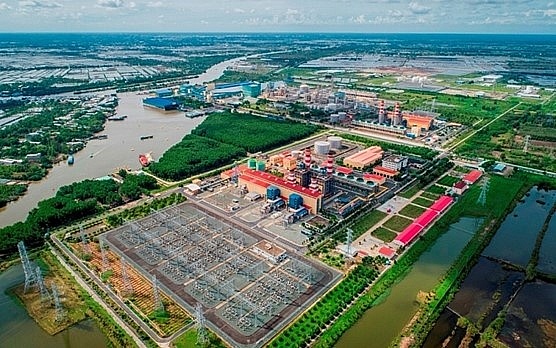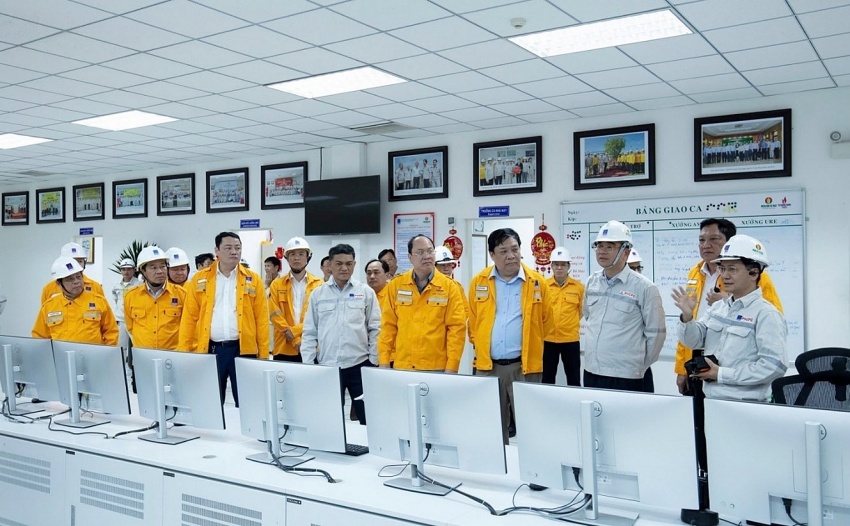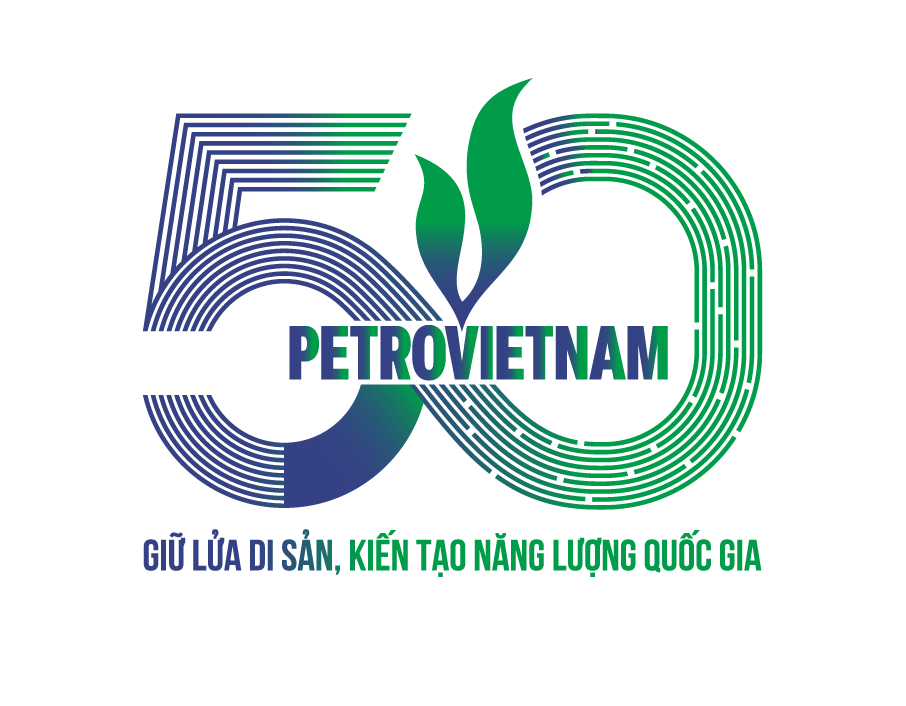PM3 CAA: A vital energy source breathing new life into Vietnam’s Southernmost region
Located in the overlapping continental shelf area between Vietnam and Malaysia, the PM3 CAA is governed by a production sharing agreement signed on August 25, 1993, between Petrovietnam and Petronas. Since its inception, petroleum operations in the PM3 CAA block have delivered substantial revenue to both nations while generating tangible economic benefits for oil and gas enterprises on both sides.
In Vietnam, Petrovietnam has strategically harnessed gas resources from PM3 CAA to fuel national development, particularly in the Southwest region and Ca Mau province. The corporation has invested in the Ca Mau Gas–Power–Fertilizer Complex, comprising the PM3–Ca Mau gas pipeline, a gas distribution center, Ca Mau 1 and 2 power plants with a combined capacity of 1,500 MW, the Ca Mau Fertilizer Plant with an annual output of 800,000 tons of urea, and the Ca Mau Gas Processing Plant (GPP) with a capacity of 600 tons of LPG and 34 tons of condensate per day. These interconnected projects were developed simultaneously and efficiently, becoming a key driver of local socio-economic progress and a major contributor to national energy security and economic resilience.
 |
| The Ca Mau Gas–Power–Fertilizer Complex |
As of February 2025, the Ca Mau Complex has supplied 28.81 billion cubic meters of gas, generated 116.49 billion kWh of electricity, and produced 11.18 million tons of fertilizer. The combined revenue of the Complex’s units has reached approximately VND 336.42 trillion (equivalent to USD 13.5 billion), with over VND 21 trillion contributed to the state budget. These achievements play a vital role in securing Vietnam’s energy and food supply.
Beyond economic impact, the Complex has created thousands of jobs, attracted investment, and stimulated the development of trade, services, construction, and material supply sectors. It currently employs nearly 2,000 direct workers and supports thousands more indirectly. The Gas–Power–Fertilizer Complex contributes over 50% of Ca Mau’s provincial budget annually, significantly advancing the province's economic restructuring and the development of the broader Mekong Delta.
In addition to business operations, Petrovietnam and its subsidiaries actively support social welfare programs in Ca Mau and the broader Southwestern region. These efforts include building homes, roads, bridges, and schools; awarding scholarships; and organizing free healthcare programs for underprivileged communities, thereby improving the quality of life for local residents.
The success of the Ca Mau Gas–Power–Fertilizer Complex stands as a testament to the sound investment strategy and effective use of gas resources to drive national industrialization and modernization. It also highlights the enduring partnership between Petrovietnam and Petronas in the PM3 CAA block, a relationship that has flourished for over three decades.
 |
| In February 2025, a delegation led by Mr. Nguyen Ho Hai, Secretary of the Ca Mau Provincial Party Committee, conducted an inspection and working session at the Ca Mau Gas - Power - Fertilizer Industrial Complex. |
In February 2025, a working delegation led by Mr. Nguyễn Hồ Hải, Secretary of the Ca Mau Provincial Party Committee, visited the Ca Mau Fertilizer Plant (PVCFC) and other units within the Complex. During the visit, Mr. Hải commended the pivotal role and contributions of the Complex to local development and emphasized the importance of attracting further investment to transform the Ca Mau Complex into a major industrial and energy hub, further contributing to provincial economic growth in the years ahead.
Looking toward sustainable development, Petrovietnam aims to expand and elevate the Ca Mau Gas–Power–Fertilizer Complex into a large-scale national industrial and energy center. Continued cooperation with Petronas in the PM3 CAA remains crucial, ensuring ongoing exploration and production in the overlapping area between Vietnam and Malaysia. This collaboration not only fuels economic growth in both nations but also strengthens the diplomatic ties established over 50 years ago between the two countries.
PVN

















![[Chùm ảnh] Đảng bộ BMQL&ĐH Petrovietnam quán triệt tinh thần thi đua "Về đích sớm" nhiệm vụ năm 2025](https://cdn.petrotimes.vn/stores/news_dataimages/2025/122025/03/14/croped/thumbnail/z7287368046288-a349d43b8d114d6e8a13883c6a6be00420251203142528.jpg?251203072552)
![[Chùm ảnh] Petrovietnam kiến tạo hệ sinh thái sáng tạo, xây dựng 100 phòng STEM đạt chuẩn quốc tế](https://cdn.petrotimes.vn/stores/news_dataimages/2025/122025/03/18/croped/thumbnail/kan-871420251203181413.jpg?251204105744)






















